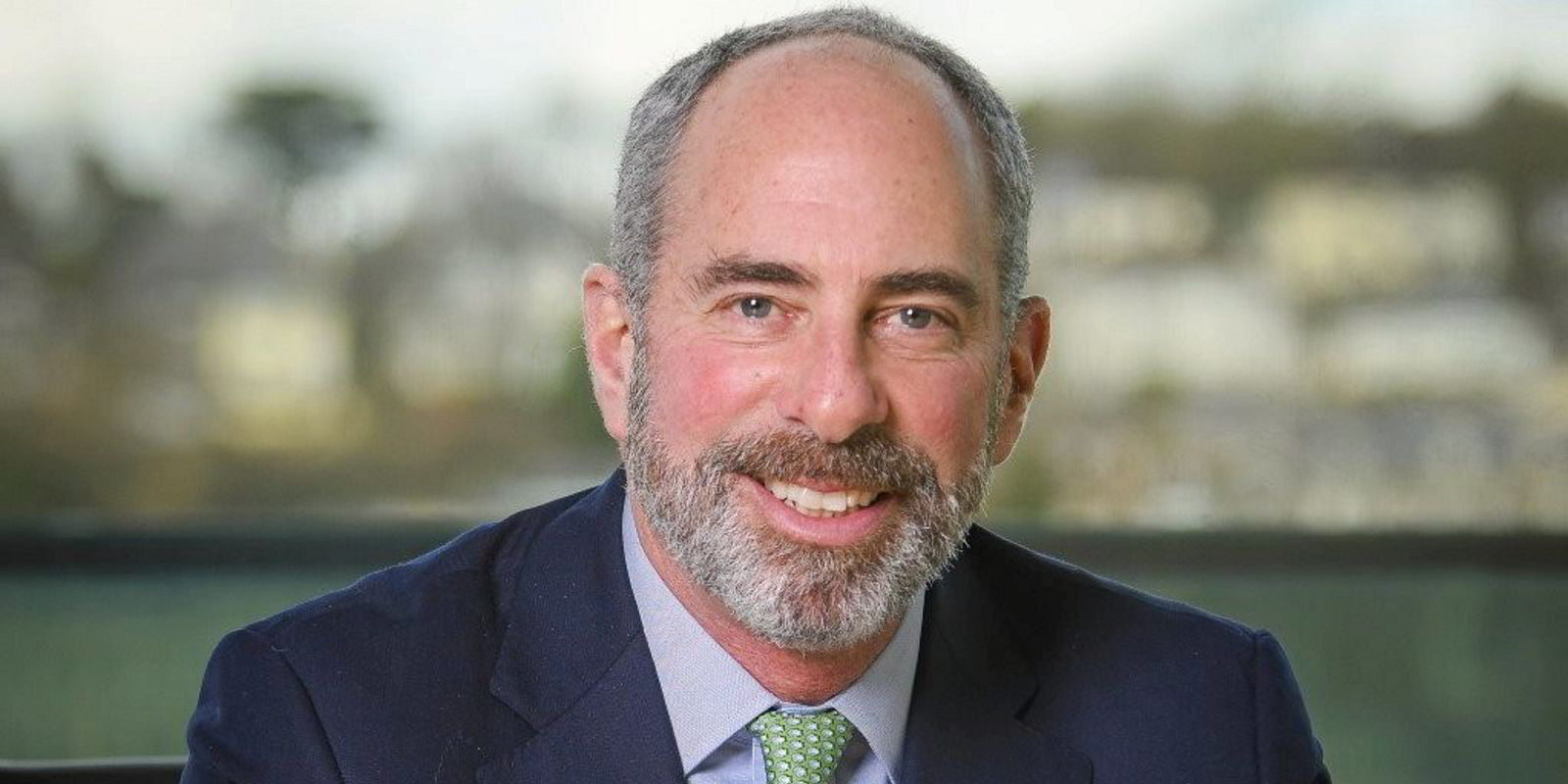The rebound in tanker markets should make it easier for owners to plot the leap to the next generation of low-carbon ships, Ardmore Shipping chief executive Anthony Gurnee believes.
The boss of the Ireland-based MR specialist told TradeWinds: “All the noise around the Ukraine conflict, market disruption and the impact on the global economy has definitely distracted everyone from the energy transition. But it’s still there.”
But he believes that as profit rolls in at tanker companies, the energy transition becomes a less fearsome prospect.
“We’ve been working very hard day to day in the market, but we’re also still planning ahead,” Gurnee said.
“Everybody is very rapidly recapitalising, which makes affording that next generation of ships much easier.”
Gurnee argues that another positive side effect of the rate boom is the “quality of investment for investors”.
“Because when you reduce the debt by that much, there’s much more equity in the business, so it will be more stable, breakeven will be lower, and dividends are back,” he said.
Gurnee added that this makes the sector more attractive for investors.
“So when we get to the point where we may want to approach capital markets to fund this new generation of ships, you’re doing it off a much more high quality than, say, trying that a year ago,” he said.
Ardmore has noted more and more dual-fuel methanol ships being ordered.
“It seems like LNG is in the rear-view mirror now,” Gurnee said.
Better designs coming
He argues that the economics are not there yet for Ardmore to order these kinds of vessels, both from a regulatory and customer demand point of view.
But he believes that could come over time, as well as much better designs from a commercial and technical standpoint.
The company is a backer of methanol-to-hydrogen generator company e1 Marine and is actively “evaluating, looking at and thinking about” dual-fuel newbuildings on a project basis, meaning with long-term time charters attached.
But for now, the main focus is on the efficiency of the existing fleet.
“We’ve done a lot already, but there’s a lot more we can do still, both operationally and technically,” Gurnee told TradeWinds.
“It’s much more powerful than people think, especially if we can do it more broadly in the industry.”
The equation is simple: reducing carbon emissions cuts fuel consumption and improves performance.
Gurnee believes “tremendous” returns on investment are possible.
“I don’t think there’s any reason for companies to not engage in this,” Gurnee said.

Ardmore’s oldest ship — the 50,000-dwt Ardmore Seafarer (built 2010) — has just turned 12 years of age, so still has another three years of trading ahead.
The vessel was acquired from Fuyo Kaiun in Japan for $16.7m in 2020, and is now worth $24.85m, according to VesselsValue.
Gurnee describes this as a very fuel-efficient Japanese ship.
“We’re very happy with it and we also bought it at an extraordinarily low price a few years ago, so it’s hard to let a ship like that go,” he said.
The rest of the fleet dates from 2013 and later.
“We feel like we’re in pretty good shape for this first phase of CII [Carbon Intensity Indicator] and EEXI [Energy Efficiency Existing Ship Index] and tradability,” Gurnee said.
“It’s imperative that we make that transition and we’re happy to be leaders in certain areas like fuel efficiency and the e1 Marine venture.
“What I like is that everybody seems to be facing in the same direction, and beginning to move. We know what to do.
“It’s just a matter of having the regulatory certainty to justify investments and bring capital in. And the technology is not that crazy.”




